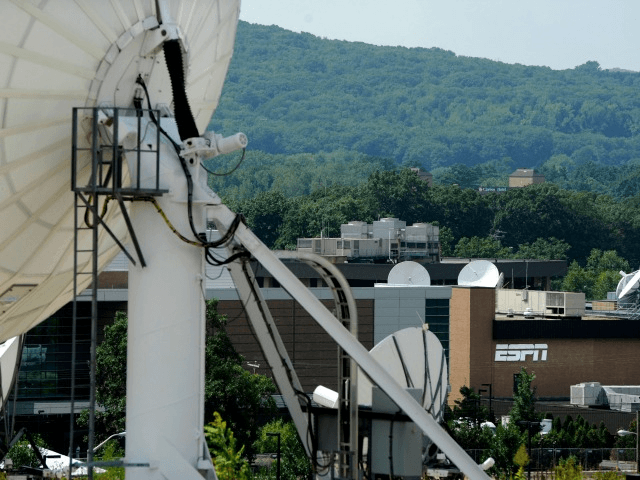The cable industry is in the process of reinventing itself, in order to stop, or stall, the process of its own demise.
Upon realizing that people really don’t like paying for television channels they don’t watch, the industry has come up with offers consumers something called a “skinny bundle,” a smaller package of channels that still includes some premium channels.
Essentially, the skinny bundle would serve as a limbo status that saves consumers some money, hopefully, in the eyes of the cable networks and slows down the rate of cord-cutting while the industry makes the inevitable transition to a la carte cable packages.
Another idea, one which could have devastating consequences for sports networks like ESPN, is something called the “entertainment package,” an idea explained at a recent conference by Viacom CEO Bob Bakish.
According to Variety:
Bakish referenced the slew of OTT skinny bundle offerings that are hitting the market at around $40. He told J.P. Morgan media analyst Alexia Quadrani that what he called the “entertainment pack” option would probably be priced around $10-$20.
The new breed of digital MVPDs are still not “transformational” opportunities for pay TV because they remain dominated by broadcast signals and sports. He doubted whether new offerings from YouTube, DirecTV Now and Hulu would have much appeal to what he called “cord-never millennials.”
“The transformational opportunity is to bring in a new entry segment at a much lower price point,” Bakish said. The industry needs “a path to bring in someone who wants high-quality entertainment” but doesn’t want to pay for sports channels. With a truly low-cost entertainment option, MVPDs can also offer more flexibility to consumers to “trade up from and trade down as the household needs change.”
For an inside look at the mentality of cable/television CEOs when it comes to sports channels, look no further than where Bakish says, the industry “needs a path to bring in someone who wants high-quality entertainment,” but doesn’t want to pay for sports channels.
Yikes.
Two things shine clear from that statement: first, industry executives believe “high-quality entertainment” can be had without sports channels. Secondly, industry execs not only know full well that bloated sports channels with huge subscriber fees have killed cable television, they’re prepared to cut the cord on the sports networks altogether in order to save their own skins.
These two revelations should send shockwaves down the corridors of power in Bristol, Connecticut.
ESPN has already lost twelve million subscribers in the last six years, precisely because no one wants to pay exorbitant fees for a sports channel they don’t watch. Should this “entertainment package” become a reality, a smaller, cheaper package that saves the consumer money and doesn’t force them to buy sports networks, then ESPN could see those subscriber losses soar even beyond the two million per year loss rate they’ve averaged over the last six years.
The layoffs that would ensue in such a scenario would make the layoffs that took place last month look like a molehill in the shadow of a mountain.
Follow Dylan Gwinn on Twitter: @themightygwinn

COMMENTS
Please let us know if you're having issues with commenting.